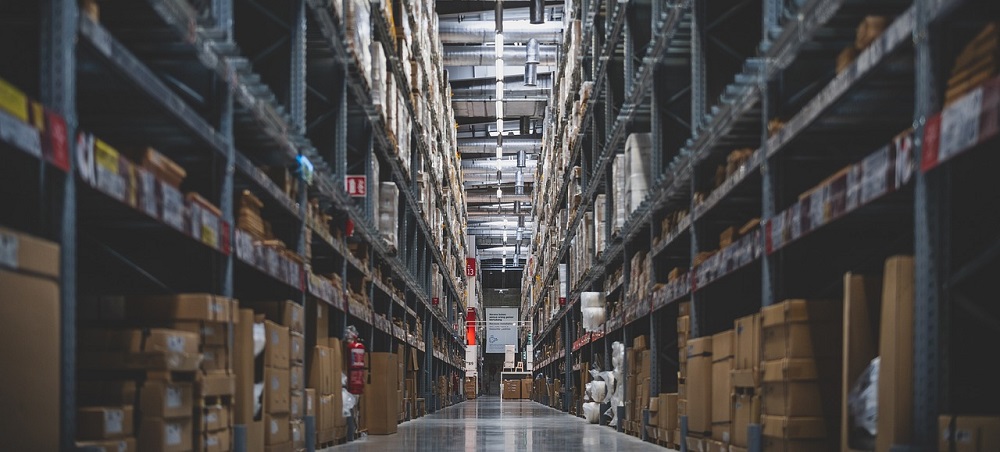Efficient merchandise storage is essential for businesses dealing with an extensive product volume. Proper storage ensures that your inventory remains organized and helps you maximize space and minimize the risk of damage or loss. This comprehensive guide will provide top tips for businesses on properly storing large amounts of merchandise.
Assess Your Storage Needs
Before diving into storage solutions, assessing your specific storage needs is crucial. Different types of merchandise may require varying storage solutions. For instance, perishable items may necessitate refrigerated storage, while fragile goods may need extra protection. Take into account the size of your merchandise. Large, bulky items may require specialized storage options, such as pallet racking or industrial shelving. Consider 3PL warehousing services to address specific storage needs beyond your in-house capabilities. Third-party logistics (3PL) providers offer a range of warehousing solutions tailored to different merchandise and storage requirements.
Consider how frequently your inventory turns over. Products with high turnover rates should be easily accessible, while those with lower turnover rates can be stored in less accessible areas. If your business experiences seasonal fluctuations in inventory, plan for increased storage capacity during peak seasons to accommodate higher stock levels.
Choose the Right Storage System
Selecting the appropriate storage system is critical to efficient merchandise storage. Pallet racking is ideal for businesses with a large volume of palletized merchandise. It maximizes vertical space and offers easy access to each pallet. Industrial shelving units are versatile and suitable for various-sized items. They can be customized to fit your specific needs. Bin shelving is perfect for storing smaller items. Use bins, totes, or plastic containers to keep things organized and easily accessible. If you run out of floor space, consider installing a mezzanine level to double your storage capacity.
Implement Proper Organization
Efficient organization is critical to optimizing your merchandise storage. Efficient use of space can help you store more merchandise without expanding your storage area. Consider utilizing vertical space with high shelves or mezzanines. Just be sure to invest in safe access methods like stairs or lifts. Label shelves, racks, and containers clearly with product names, SKUs, and descriptions to minimize confusion and streamline retrieval. Group similar items by product type, size, or SKU. This makes it easier to locate specific things quickly.
Implement First-In-First-Out (FIFO) or Last-In-First-Out (LIFO) systems depending on the nature of your products. FIFO ensures that older items are sold before newer ones, while LIFO suits items with longer shelf life. Consider using inventory management software to track your merchandise. These tools can provide real-time data on stock levels, orders, and sales, helping you make informed decisions.
Ensure Proper Handling and Safety
The safety of your merchandise is paramount. Train your staff in proper handling procedures to minimize the risk of damage during storage and retrieval. Implement safety measures such as guardrails, safety nets, and floor markings to prevent accidents in your storage area. Install fire prevention systems, such as fire alarms and sprinklers, and conduct regular safety drills.
Properly storing large amounts of merchandise is crucial for businesses looking to maintain efficiency, reduce costs, and maximize revenue. Remember that merchandise storage is not a one-time endeavor but an ongoing commitment to organization, safety, and efficiency. With the right strategies and a dedication to proper storage practices, your business can ensure that your valuable inventory remains in excellent condition and ready for sale, ultimately contributing to your success and profitability.























